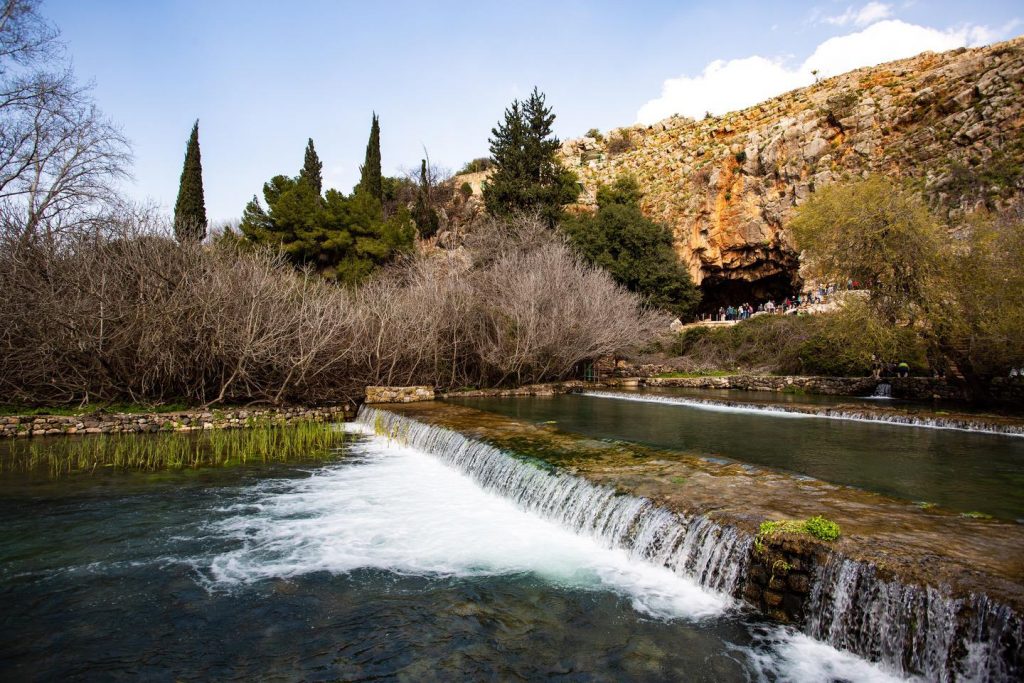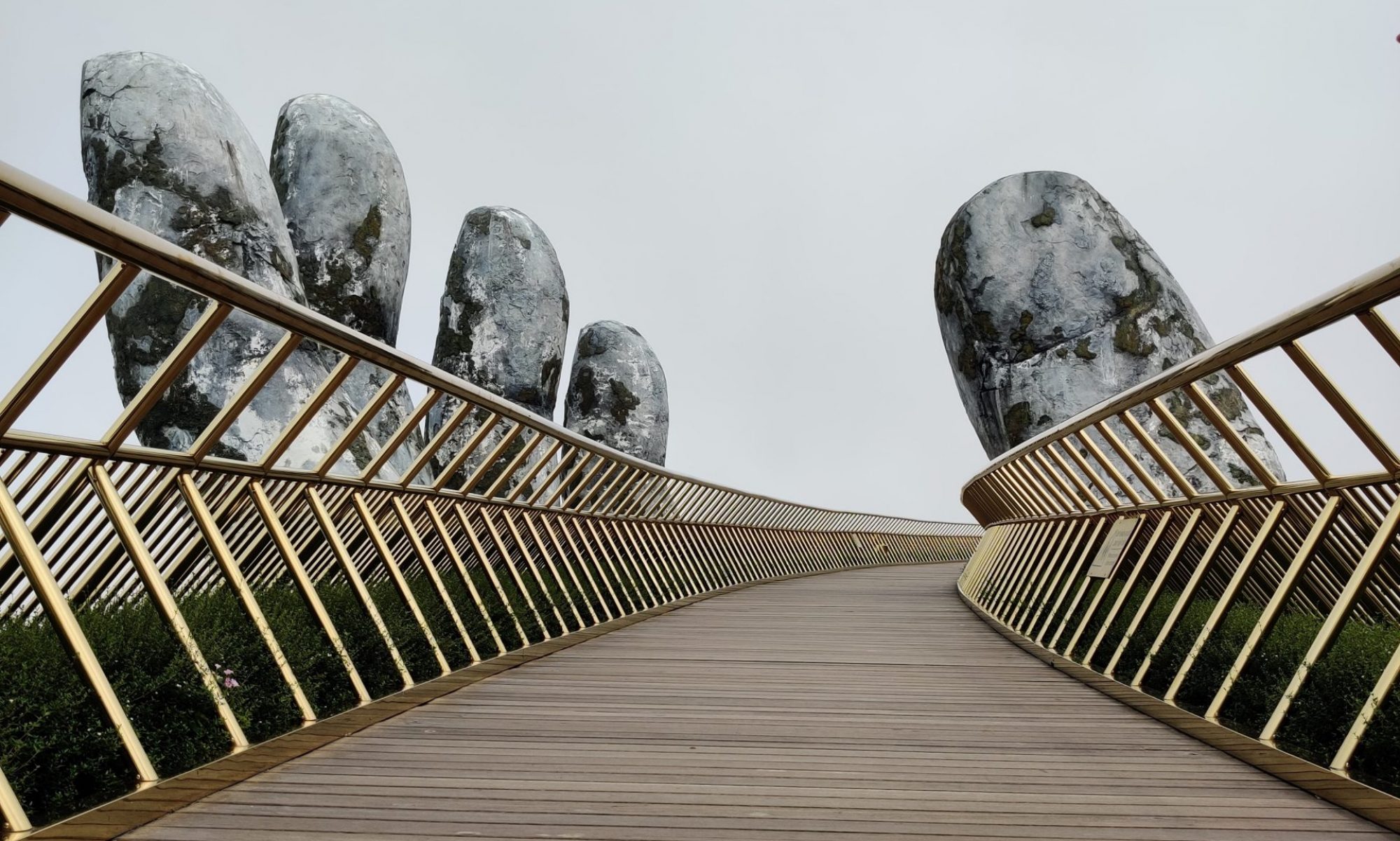
“When Jesus came to the region of Caesarea Philippi, he asked his disciples, “Who do people say the Son of Man is?””
Jesus has come with His disciples to the area near Caesarea Philippi. “This city was situated about twenty-five miles north of the sea of Galilee at the foot of Mount Hermon, which was largely pagan territory. One of the sources of the Jordan issues from a cave near this city, and there was an ancient shrine in the cave. When the Greeks came they dedicated the shrine to “Pan and the Nymphs”; they called the cave “Paneion” and the area “Paneas.” In 20 b.c. Augustus gave the district to Herod the Great and built a temple of white marble in honor of the emperor at Paneas. When Herod died in 4 b.c. the area became part of the tetrarchy of Philip, and this man rebuilt the city. He called it Caesarea in honor of the emperor Augustus and added “Philippi” (which distinguished it from Caesarea on the Mediterranean coast and, of course, honored Philip himself).”
Jesus and His disciples are now in an area that not only was completely pagan in origin and name (Pan was the god of shepherds and the outdoors), but in a profound way was made more pagan by the institution of the worship of a human emperor instead of a god, and renamed to not only honor the emperor, but a mere tetrarch. It is a region that was given over to idolatrous and prideful self-declaration – a region that in many ways represented humankind’s worst ambitions in their basest form.
Knowing exactly where they are and how far along in their discipleship journey those who have followed Him are, Jesus chooses to ask the critical question, “Who do people say the Son of Man is?”
It is the height of preplanned irony. For it is here and now, in the context of a physical background rooted in prideful self-declaration, that His disciples will have to wrestle with who they will declare Jesus is. Not only that, but in a profound juxtaposition, while standing outside an unholy city dedicated to a man and near a shrine originally built to honor the god of shepherds, Jesus is about to be declared for who He is and about to declare what He came to do, which is to die at a pagan site outside the holy city to become the source of eternal life for all who come to Him, the Great Shepherd.
This is the center of Matthew’s Gospel. This is the pivot point. This is the pivotal question, “Who is Jesus to you?”
One’s answer to that question determines the path of life we take from then on. One’s answer to that question ultimately determines one’s destiny.
It all comes down to this. If we declare that Jesus is not Messiah but just a man, then we remain trapped in idolatrous ideology. But if we declare that Jesus is Messiah – God our Saviour – then we must bow our knee to Him and His will for us, meaning our lives are forever tied to His; We become His people, and He becomes our God.
Sin is the despairing refusal to find your deepest identity in your relationship and service to God.
Tim Keller
APPLICATION: Worship
Knowing Christ we find we have been grafted into God’s family by covenant. We have become ‘in-Christ’ in the same way as we have in-laws by means of a marriage covenant.

